Call them the in(side) crowd.
About 25 percent of Americans hardly ever venture outside, unaware or unconcerned about breathing only stale indoor air, a report says.
In an age when nearly everything can be found (and delivered) online — including food, entertainment and relationships — it’s hardly surprising to discover an “indoor generation.”
“We are increasingly turning into a generation of indoor people where the only time we get daylight and fresh air midweek is on the commute to work or school,” Peter Foldbjerg, the head of daylight energy and indoor climate at Velux, a window manufacturing company, said in a statement.
According to the federal Bureau of Labor Statistics, a nine-hour workday is the average for American wage-earners. When they return home on a typical day, 85 percent of women and 67 percent of men spend time doing work around the house.
Leisure time has become synonymous with television viewing, according to the federal data. Many Americans spend nearly three hours a day in front of the tube, and teenagers spend more than half of their leisure time with screens.
For Americans, one-quarter said they spend 21 to 24 hours inside daily, 20 percent said they spend 19 to 20 hours inside and 21 percent say they spend 15 to 18 hours inside.
Thirty-four percent said they spend zero to 14 hours inside.
“I think, time and time again, research shows that people who spend more time indoors — whether it’s at home or sitting all day at work — they tend to be linked to higher rates of obesity, issues with cholesterol, and also mental health issues like anxiety and depression,” said Dr. Natasha Bhuyan, a family physician with One Medical in the District of Columbia.
Of those surveyed for the Indoor Generation Report, 77 percent didn’t believe indoor air quality was worse than pollution outside.
But federal surveys have found that indoor air can be two to five times more toxic than outdoor air.
Humidity, mold and artificial temperatures are just some of the indoor dangers. Close quarters with other people during the height of cold and flu season also can wreak havoc on the body. Not going outside at all can contribute to a host of health problems.
“When people are asked about air pollution, they tend to think of living near big factories or busy urban areas with high levels of car emissions,” Mr. Foldbjerg said. “It uncovers a need for further awareness and education about the impact our indoor living habits are having on our body and minds in terms of health and well-being.”
“A lot of my patients are professional who just work all day and are in front of a screen all day,” Dr. Bhuyan said. “They’ll get neck pain, they’ll get eye strain from staring at the screen all day, and I tell them, ‘You’ve got to take a break.’”
Multiple studies have shown direct and indirect benefits of spending time outdoors and in nature, including vitamin D production, increased physical activity and mood improvement.
“Exposure to light-dark cycles is an absolutely crucial part of our biology, and that’s due to the role of light in resetting our circadian clock each and every day,” Steven Lockley, an associate professor at Harvard Medical School’s Division of Sleep and Circadian Disorders, said in a statement.
“If you’re exposed to brighter and bluer light in the daytime, then you get a better stimulant effect,” Mr. Lockley said. “You’ll be more alert and have better cognitive function; potentially be more productive at work and so on.”
But the demands of work and home can overtake efforts to go outside.
“It’s often sad because it doesn’t feel like a priority to so many people,” Dr. Bhuyan said. “But it’s those small things that add up and have a huge impact on your health.”
Small changes during the day, such as scheduling work meetings or taking lunch outside, can break up time spent inside, she said.
“You really need to go outdoors and look far away at landscapes to kind of help your eyes relax and to get outside of that setting when you’re sitting cooped up at your desks,” she said.
A priority also should be made to take exercise outside, even with the availability of indoor gyms. In a separate study of over 750 older Americans, researchers found that those who went outside at least once a week spent significantly more time doing moderate to vigorous physical activity compared with those who were active inside only.
In the Indoor Generation Report, other countries with similar results to the U.S. were Britain and Canada, with 23 percent and 26 percent of their respondents respectively saying they spend 21 to 24 hours indoors.
Countries with the highest percentage of people who spend the least amount of time inside were Italy (57 percent), the Czech Republic (57 percent) and the Netherlands (51 percent). This group said they spend zero to 14 hours indoors.
The study’s authors recommend making indoor environments healthier by cleaning regularly, not burning candles, drying clothes outside, turning on the range hood fan when cooking and opening windows at least three to four times a day to let fresh air inside.
The Environmental Protection Agency also suggests that people take concrete steps to identify and eliminate sources of indoor pollution, such as sealing off asbestos, plugging gas leaks, treating mold and improving ventilation to increase outside air flow.
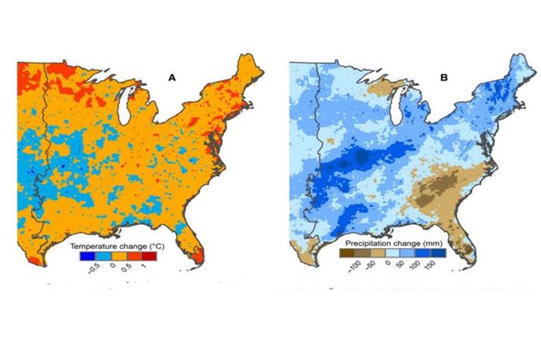

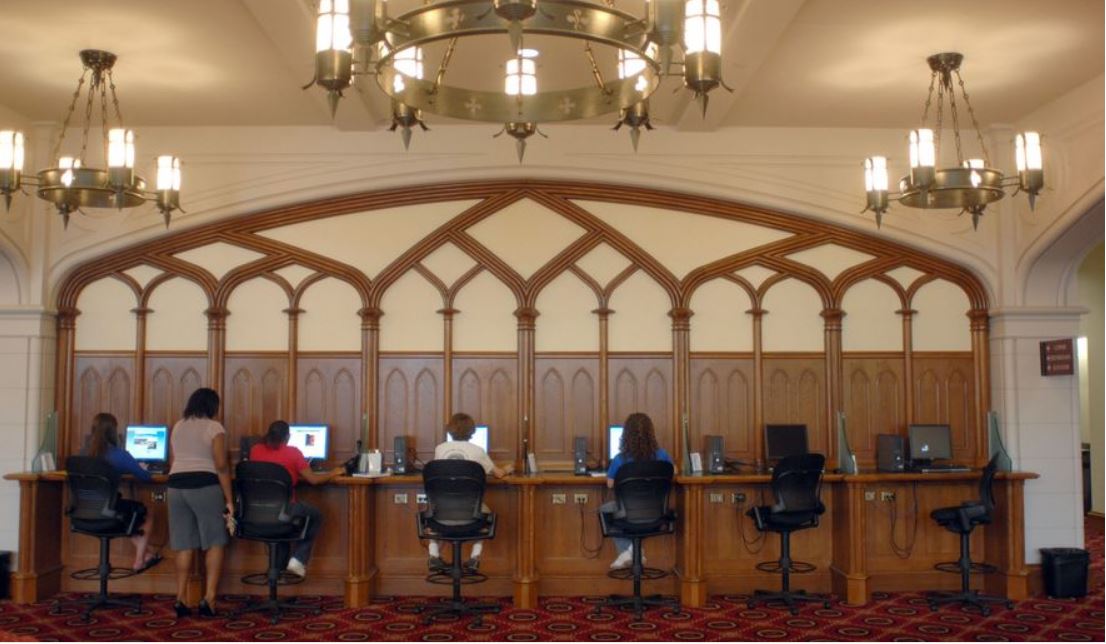
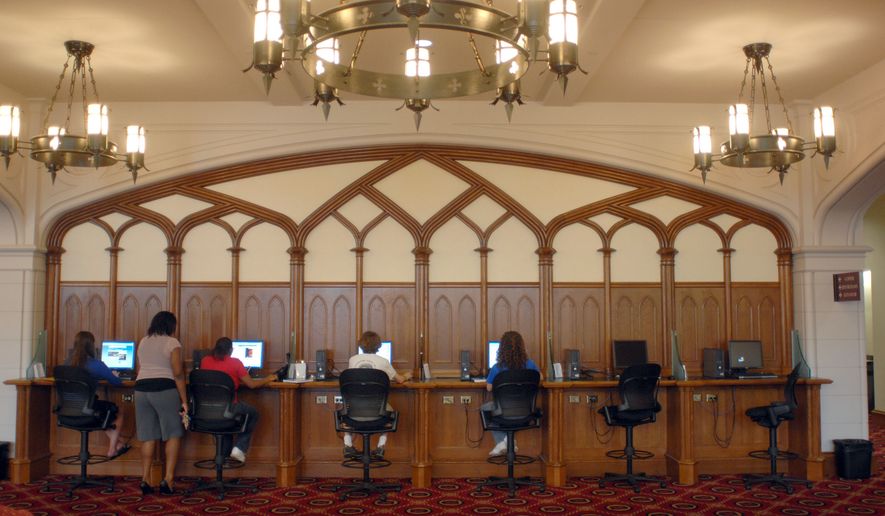
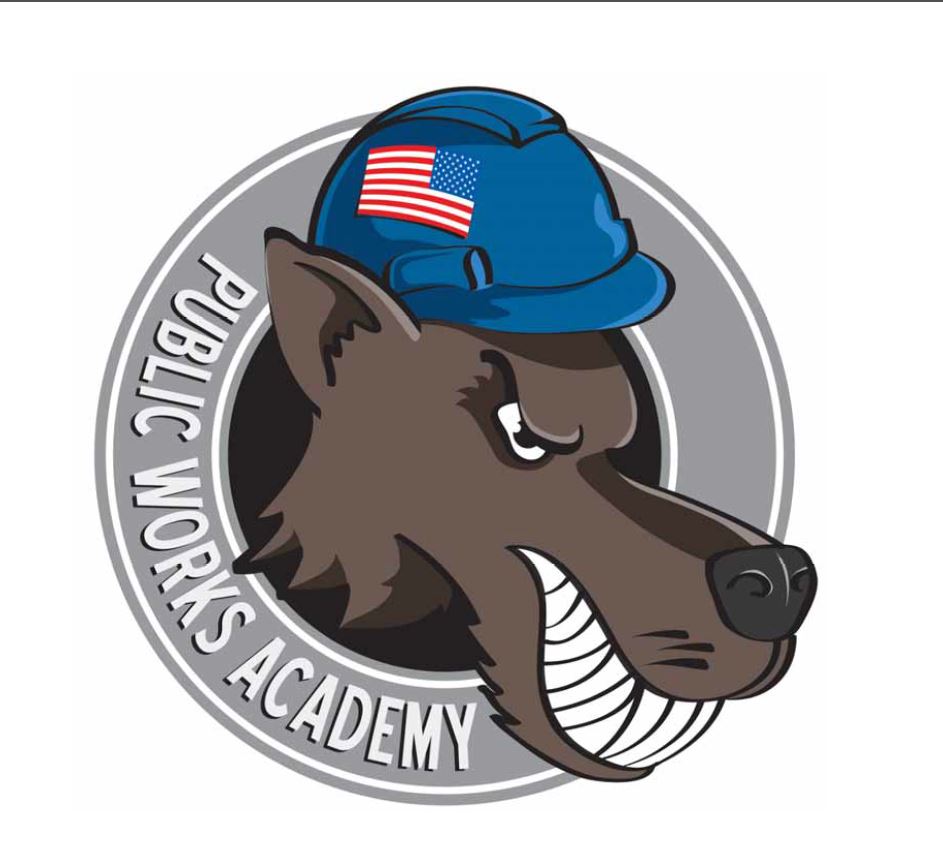











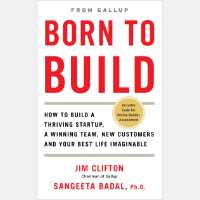
Print